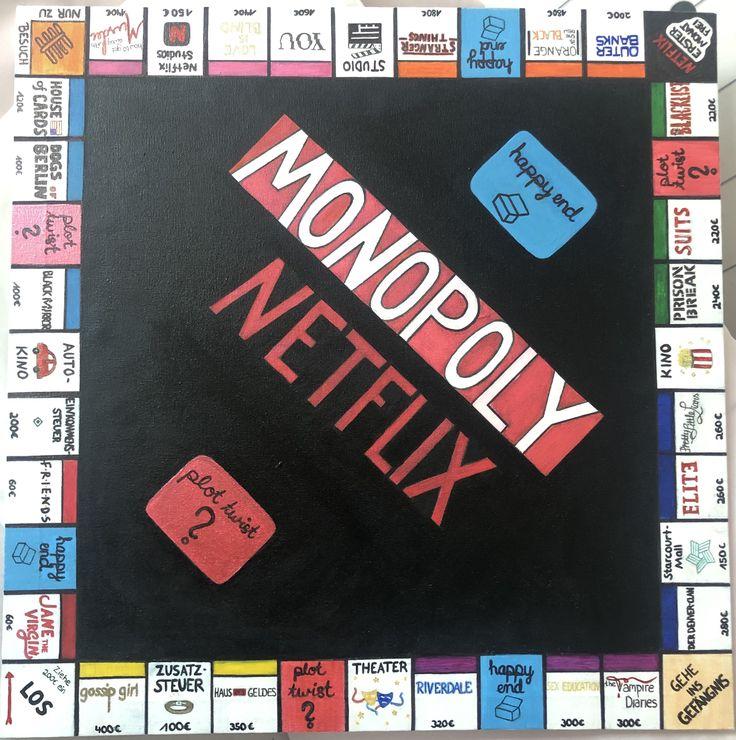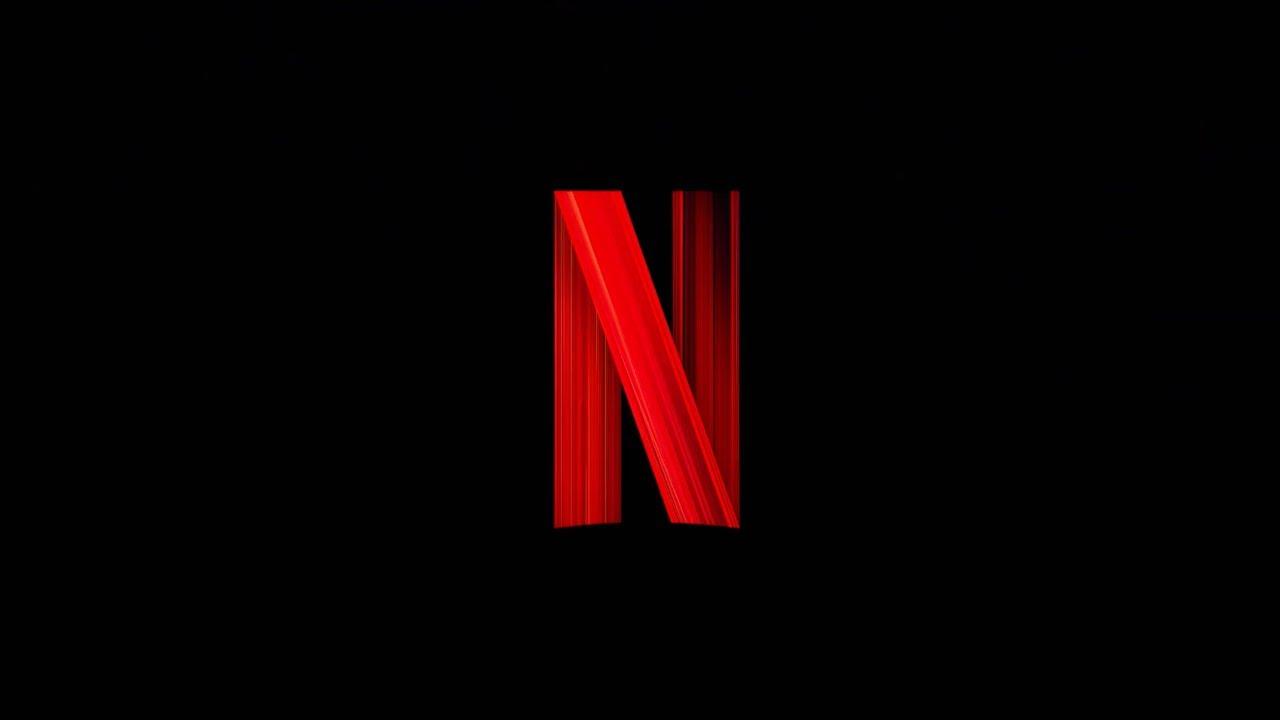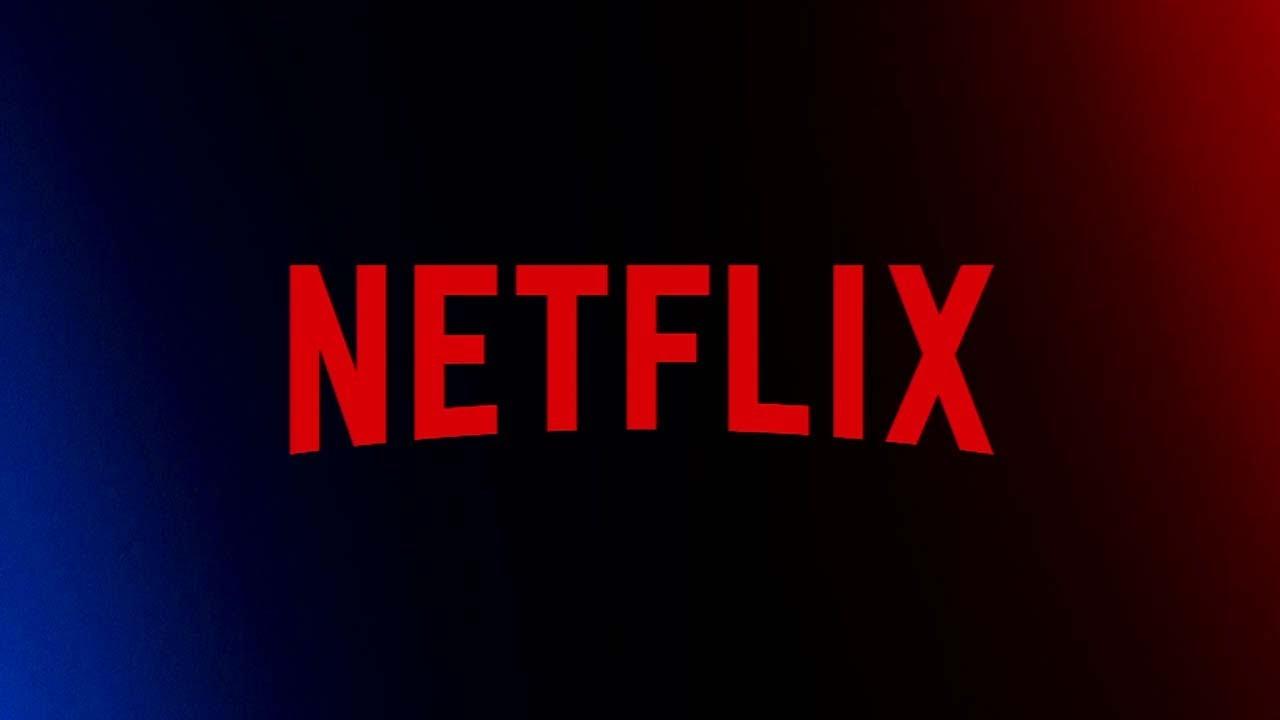In the rapidly evolving landscape of digital entertainment, Netflix has long been a dominant force, renowned for its pioneering role in streaming original series. As the platform continues to expand its global footprint, questions arise about its influence and market power: does Netflix hold a monopoly on streaming original series? This article delves into the complexities of Netflix’s position within the industry, examining market share, competition, and the diverse range of content that defines today’s streaming ecosystem. By analyzing data and trends, we aim to provide a comprehensive understanding of whether Netflix’s dominance equates to a monopoly or if the competitive landscape remains robust.
Competitive Landscape and Market Dynamics
In the realm of streaming original series, Netflix faces formidable competition despite its significant market share. Platforms like Amazon Prime Video, Disney+, HBO Max, and newcomers such as Apple TV+ are intensifying the race by investing heavily in exclusive content and unique programming. This surge in competition highlights the dynamic and rapidly evolving nature of the streaming industry, where content libraries are continuously expanding and diversifying to capture a global audience.
- Amazon Prime Video: With its diverse range of genres and international content, it has carved out a substantial portion of the market.
- Disney+: Leveraging its vast catalog of beloved franchises, it appeals to both nostalgic audiences and new generations.
- HBO Max: Known for high-quality, critically acclaimed series that attract a dedicated viewership.
- Apple TV+: Despite being a newer entrant, its focus on high-profile talent and original storytelling is gaining traction.
These platforms not only challenge Netflix’s dominance but also contribute to a more fragmented and competitive market landscape. As consumers enjoy a broader spectrum of choices, the dynamics of viewer loyalty and subscription retention are continuously being reshaped.
Analyzing Original Content Production and Diversity
When examining the production of original content on Netflix, it’s crucial to consider both the volume and variety offered. Netflix has invested heavily in producing a diverse array of original series, ranging from gripping dramas to lighthearted comedies. This strategic move not only caters to a wide audience but also strengthens its competitive edge. However, the question remains: does this abundance equate to a monopoly in the streaming landscape?
To understand the landscape, consider these factors:
- Content Diversity: Netflix’s catalog includes global hits and niche genres, aiming to appeal to various demographics.
- Production Volume: The sheer number of original series released annually is unparalleled, but competitors like Amazon Prime and Disney+ are closing the gap.
- Regional Representation: Netflix’s commitment to international productions reflects a strategy to dominate local markets by offering culturally relevant content.
While Netflix leads in original content production, its dominance is continually challenged by emerging platforms, each striving to carve out its niche in this ever-evolving industry.

Consumer Choices and Viewing Preferences
- Diversity of Platforms: In recent years, the landscape of streaming services has expanded significantly. Consumers now have a plethora of options beyond Netflix, such as Hulu, Amazon Prime Video, Disney+, and HBO Max. Each platform offers unique content that caters to different tastes and demographics, allowing viewers to choose based on specific interests.
- Original Content Appeal: While Netflix boasts a robust library of original series, other platforms have also invested heavily in creating compelling and exclusive content. For example, Hulu’s critically acclaimed series like “The Handmaid’s Tale,” Amazon’s ”The Marvelous Mrs. Maisel,” and Disney+’s “The Mandalorian” highlight the competitive nature of original programming. This variety empowers consumers to make choices based on quality and personal preference rather than platform loyalty.
Ultimately, the decision on which service to subscribe to often hinges on factors such as content variety, subscription cost, and user experience. As consumers become more discerning, the competitive edge lies in the ability of these platforms to innovate and diversify their offerings to meet evolving viewing preferences.

Regulatory Perspectives and Future Implications
From a regulatory standpoint, the question of whether Netflix holds a monopoly on streaming original series is nuanced. Regulatory bodies typically scrutinize market dominance by evaluating competition, consumer choice, and barriers to entry. While Netflix has a significant share of the streaming market, the presence of strong competitors like Amazon Prime Video, Disney+, and HBO Max suggests a competitive landscape. These platforms continually invest in original content, challenging Netflix’s dominance and offering consumers a diverse array of options.
Future implications could see more stringent regulations if any single entity begins to stifle competition. Policymakers might consider actions such as:
- Monitoring market share dynamics to prevent anti-competitive practices.
- Encouraging new entrants to maintain a vibrant, competitive environment.
- Ensuring that exclusive content deals do not unfairly disadvantage smaller platforms.
As the streaming industry evolves, maintaining a balance between innovation and fair competition will be crucial to safeguarding consumer interests.



